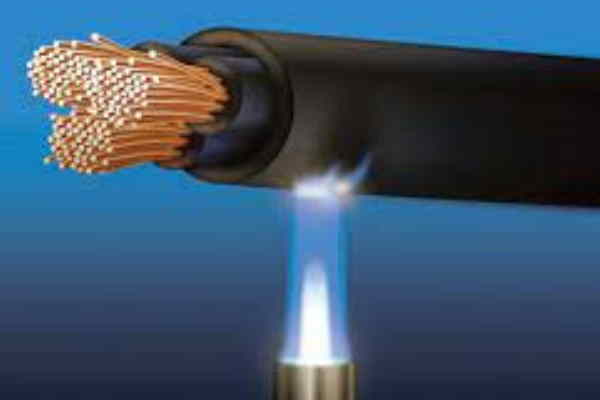Advantages of Flame Retardant Cables
Flame retardant cables are a crucial component in the construction and safety of many buildings and infrastructure projects.
These specialized cables are designed to prevent the spread of fire and to minimize the damage caused by flames in the event of a fire.

Flame retardant cables are made using a variety of materials and techniques that make them resistant to the spread of flames.
The most common materials used in the construction of flame-retardant cables are polyvinyl chloride (PVC Cable) and polyolefin.
PVC is a highly durable plastic that is resistant to flames and is often used in the insulation of electrical cables.
Polyolefin, on the other hand, is a type of plastic that is derived from polyethylene and is known for its excellent flame resistance and flexibility.
In addition to the use of flame-resistant materials, flame-retardant cables are also treated with chemicals that further enhance their fire resistance.
These chemicals, known as flame retardants, are added to the insulation of the cable and help to prevent the spread of flames along the length of the cable.
Features Of Flame Retardant Cables
One of the most important characteristics of flame retardant cables is their ability to maintain their structural integrity in the face of a fire.
This is particularly important in buildings and other structures where the cables are used to carry electrical power.
If a cable were to fail during a fire, it could cause the fire to spread or cause a dangerous electrical malfunction.
Flame retardant cables are designed to continue functioning even in the event of a fire, allowing people to evacuate the building safely and preventing further damage to the structure.
In addition to their use in buildings, flame retardant cables are also commonly used in a variety of other applications.
For example, they are often used in transportation infrastructure, such as in the wiring of trains and buses.
They are also used in the oil and gas industry, where they are used to power offshore drilling rigs and other equipment.
Despite their many benefits, there are also some potential drawbacks to the use of flame retardant cables.
One of the main concerns is the environmental impact of the chemicals used in their production.
Many of the chemicals used in flame retardant cables are toxic and can have negative effects on the environment and human health if they are not properly disposed of.
Another potential issue with flame retardant cables is their cost.
These specialized cables are often more expensive than non-flame retardant cables, which can make them less attractive to cost-conscious consumers.
However, the added safety and protection provided by fireproof cables often make them a worthwhile investment.
Overall, flame retardant cables are an important component in the safety and construction of many buildings and infrastructure projects.
Their ability to prevent the spread of flames and to maintain their structural integrity in the face of a fire make them a valuable tools in protecting people and property.
While there are some potential drawbacks to their use, the benefits of flame retardant cables often outweigh any potential drawbacks.